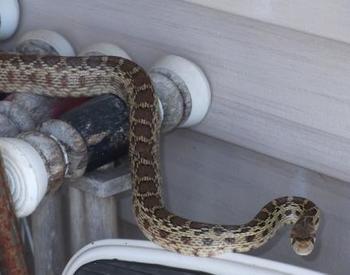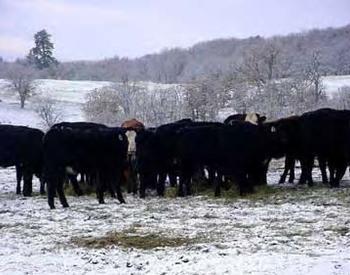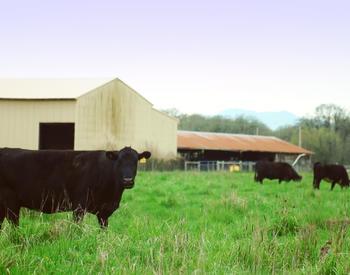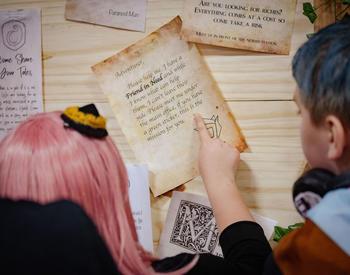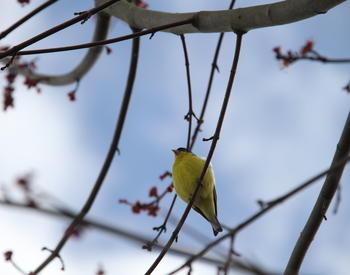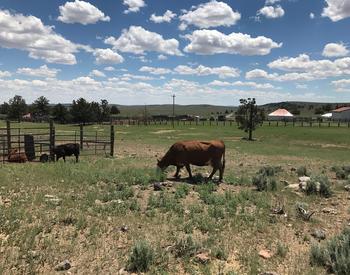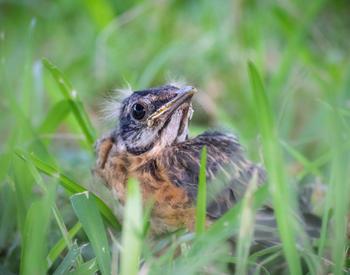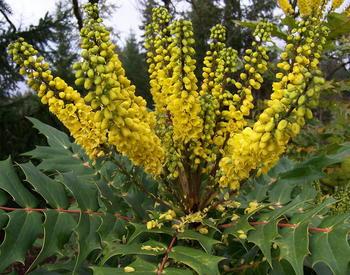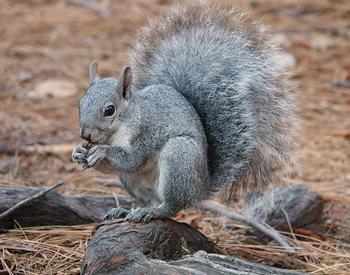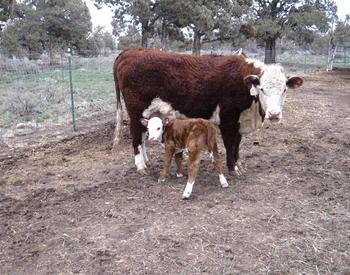Transcript
Hi everyone, Dr. Kristen here, recording this video from the Washington County 4-H Extension office. I'm really excited to introduce this first activity for our new 4-H Spark Kit program. I know we can't be together right now, but that doesn't mean we can't learn together. So, you may or may not know this, but I am actually an animal scientist and I studied lactation, so I'm super excited to show you these activities.
Grizzly Bears: We're going to talk about grizzly bears. They're a very fascinating animal because the mother bear can actually give birth and nurse her cubs while she is hibernating. So, that means that she is not eating or drinking during this time. And so, during this time while she's hibernating and she's nursing her cubs, the cubs are growing and about 150 days after the cubs are born, the mother and the cub actually leave the den. At that time, it's really interesting because grizzly bear's milk composition changes a little bit and so the protein content in the grizzly bear's milk actually doubles and helps support their growth.
Blue Whales: Blue whales are extremely fascinating. They have the largest mammary glands in the world. One mammary gland actually weighs the same as a baby elephant. Now, blue whales have to nurse their calves in the ocean, so their milk is 50 percent milk fat. Now, think about the whole milk that you can buy in the grocery stores from cows, that is three percent. So, 50 percent milk fat makes that when the blue whale is lactating, milk it actually forms globules or kind of big milk bubbles in the ocean so the calves can nurse the milk a lot easier.
Holstein Cows: Holstein cows are a powerhouse milking machine. In one day, a Holstein cow can produce six to seven gallons of milk. That's the same as about 96 to 110 glasses of milk in one day. Fascinating, huh? Also, the cool thing is Holstein cows are usually milked about 300 days out of the year.
Mice: The fourth animal we're going to talk about is actually my favorite. We're going to talk about mice. So, I studied mouse lactation in grad school and I did this because kind of two reasons. One, I used them as a model for human breast cancer so I studied mice in that context and also I used mice to study kind of small dairy cows. They're very efficient milkers. They make a ton of milk in a short two-week time period, so much milk that they can secrete their body weight alone in just milk fat. So, that's about 32 grams of milk fat that they can make and secrete out in two weeks. Kind of fascinating, huh?
Platypus: Now, this one's really cool. This is the fifth animal we're going to talk about, and it is a platypus. They are an egg-laying mammal, and they're fascinating because they nurse their offspring by just secreting the milk from the skin pores on their belly. So, it just kind of comes out everywhere because their offspring have bills. It's really hard for them to nurse off of the teeth, so it just comes through their skin. So, they don't have a teat like you would think of an udder of a cow. Also, fascinating is within the last 10 years, there's a lot of animal scientists that have been studying the platypus milk because it naturally secretes this very special protein in the milk that actually is antibacterial.
Kangaroo: The sixth animal that we're going to talk about is the grey kangaroo. Now, kangaroos are extraordinary because they can support a young joey and an older joey sibling at the same time, and they make two different milks to kind of support their growth. So, the gestation period or the length of a pregnancy for kangaroos is about 33 days. That's pretty short. So, that means when joeys are born they're about the size of a jelly bean, and then they will go and they will stay in a kangaroo's pouch for a year and they will nurse there. Now, the interesting thing is a kangaroo can have a joey in its pouch and also an older joey sibling that has left the pouch already but kind of still hangs around and the mom takes care of it. And the interesting thing about kangaroos is that they can secrete out two different kinds of milk. So, the young joey in the pouch will get a milk that's really high in sugars, the older joey that is out and about and learning about the world is getting a milk that's really high in protein. Fascinating stuff, huh? Milk, I could talk about this all day, honestly.
Our natural world is fascinating. You will learn interesting facts about different animal's milk!

